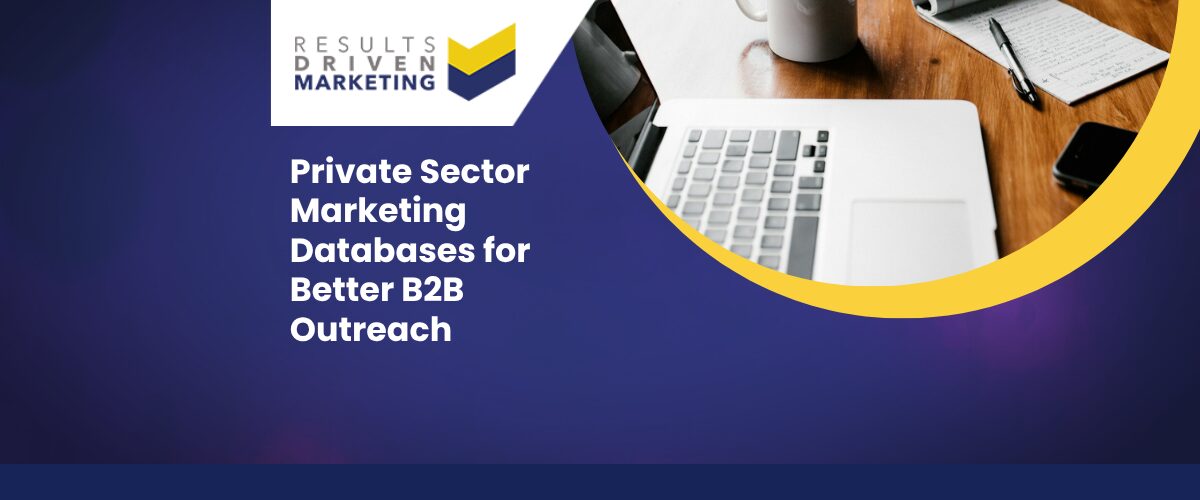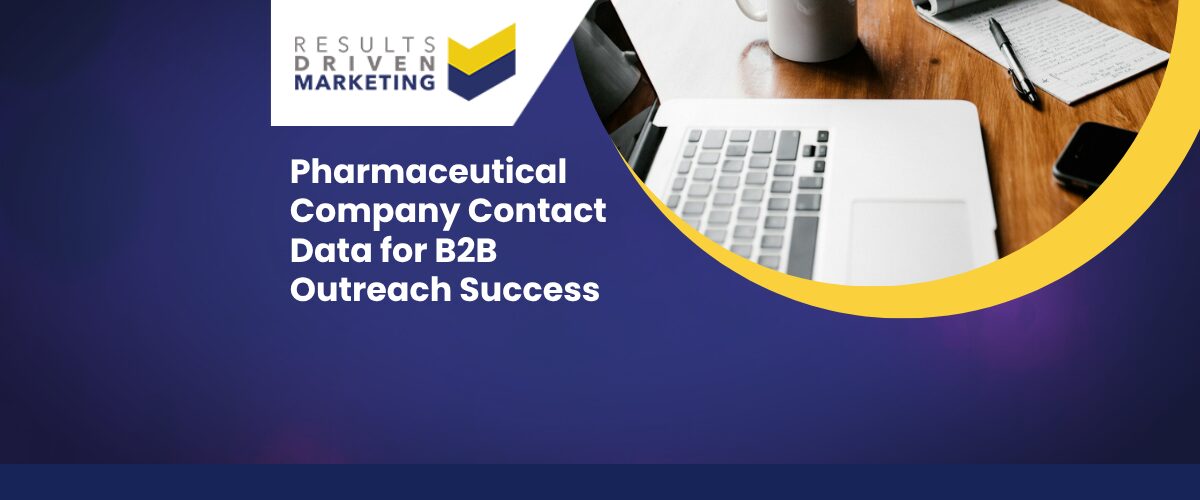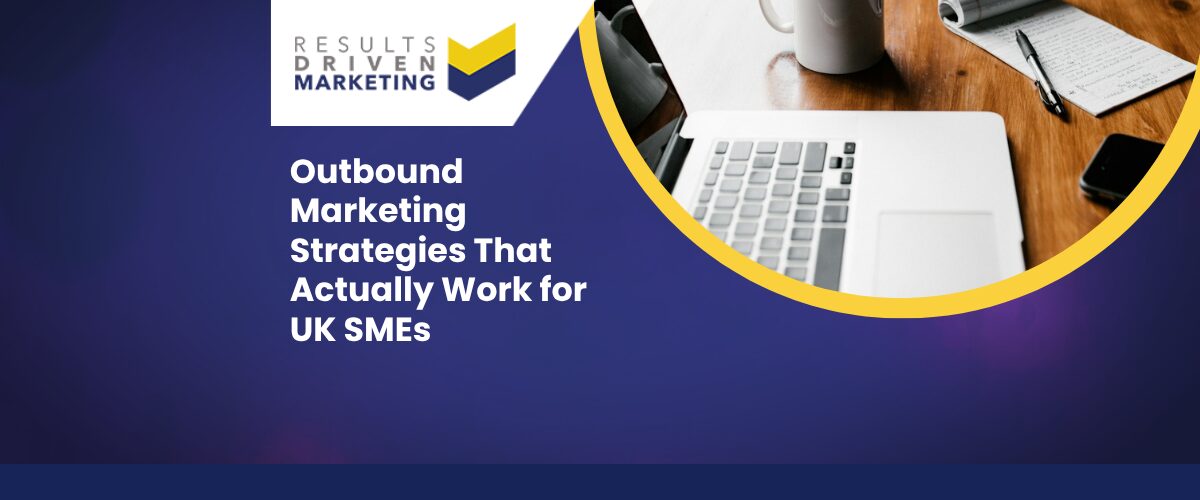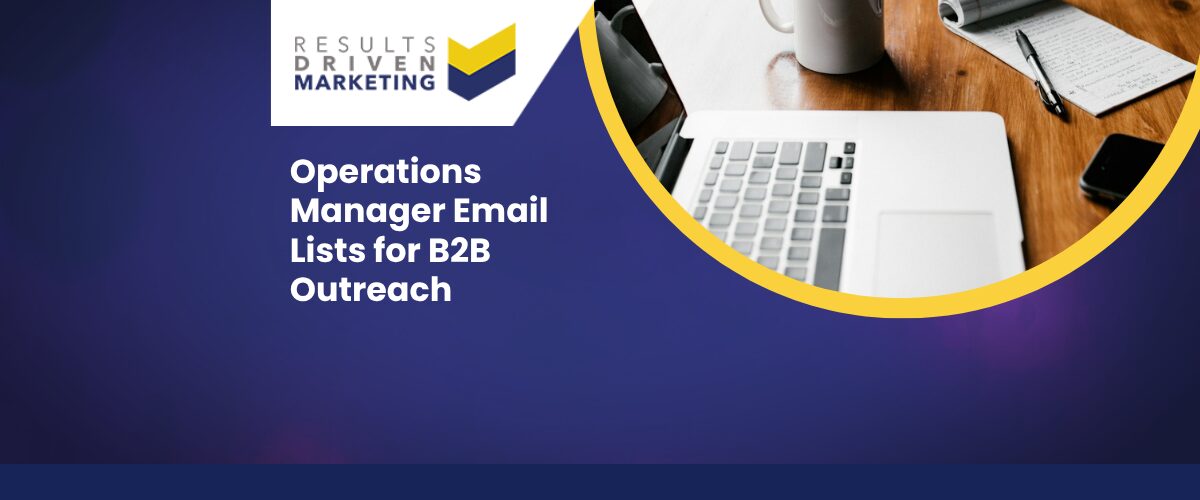
Email Marketing for Charities
In the heart of the nonprofit sector, where every penny counts and the message is the mission, email marketing for charities emerges not just as a tool, but as a cornerstone strategy. It’s a digital megaphone that amplifies their cause, a bridge that connects hearts and minds, and a beacon that guides supporters to take action.
In the bustling digital arena, where causes vie for attention, email marketing stands out for its direct approach, its ability to nurture relationships, and its remarkable knack for storytelling.
Table of contents:
What Is Nonprofit Email Marketing for Charities?
Nonprofit email marketing is a strategic approach that nonprofit organisations use to communicate with their supporters, donors, volunteers, and other stakeholders through email campaigns.
It involves sending targeted and relevant emails to a specific audience with the goal of achieving various objectives, such as fundraising, increasing awareness, mobilising volunteers, and sharing updates about the organisation’s mission and impact.
Here are key aspects of nonprofit email marketing for charities:
- Audience Engagement: Nonprofits use email marketing to engage with their audience, foster connections, and build relationships. This can include sending newsletters, impact stories, event invitations, and donation appeals.
- Fundraising: One of the primary goals of nonprofit email marketing is to raise funds to support the organization’s programs and initiatives. Email campaigns may include donation appeals, giving campaigns, and special fundraising events.
- Awareness and Education: Nonprofits use email to raise awareness about their cause and educate their audience on relevant issues. They can share informative content, success stories, and reports on their work.
- Volunteer Recruitment: Email campaigns can be used to recruit and engage volunteers for various activities, events, and projects. Nonprofits often send volunteer opportunities and updates through email.
- Advocacy and Action: Nonprofits can mobilize their supporters to take action on specific issues or policies by sending advocacy emails with calls to action, such as signing petitions, contacting legislators, or attending advocacy events.
- Segmentation: Effective nonprofit email marketing involves segmenting the email list to send tailored messages to different groups of supporters based on their interests, donation history, and engagement level. This personalization increases the relevance of the emails.
- Measuring Impact: Nonprofits use email analytics to measure the impact of their campaigns. They track metrics such as open rates, click-through rates, conversion rates, and donation amounts to assess the success of their email marketing efforts.
- Compliance and Privacy: Nonprofits must adhere to data privacy and email marketing regulations, such as GDPR (General Data Protection Regulation) in Europe and CAN-SPAM Act in the United States, to ensure that they handle donor and supporter data responsibly and obtain proper consent for email communication.
Advantages of Using Email Marketing for Charities
When it comes to harnessing the power of email marketing for charities, the advantages are as plentiful as they are persuasive:
- Cost-Effectiveness: With budgets often stretched thin, the affordability of email marketing is a sigh of relief for charities. It’s an economical channel that promises high returns without demanding hefty investments.
- Broad Reach: Email marketing knows no bounds. It allows charities to transcend geographical barriers, reaching out to a global audience with just a click.
- Donor Engagement: Through personalised communication, email marketing for charities fosters a deeper connection with donors. It’s a two-way street that not only shares the journey but also listens to the voices of supporters.
- Measurable Impact: With every email sent, charities gain insights. Open rates, click-throughs, and conversions are not just numbers; they’re the pulse of the campaign’s success.
- Swift Sharing: The ease with which emails can be shared means that every recipient can become an advocate, propelling the charity’s message further into the world.
Disadvantages of Using Email Marketing for Charities
Yet, for all its virtues, email marketing for charities is not without its hurdles:
- Data Management: The bedrock of any email campaign is its database. For charities, managing donor data can be a labyrinthine task, fraught with concerns over privacy and the ever-evolving landscape of data protection regulations.
- Creative Design: Crafting an email that captures the essence of the charity’s message requires a blend of creativity and clarity. Striking this balance, while ensuring emails are accessible and engaging, can be a creative challenge.
- Deliverability: The path from ‘send’ to ‘inbox’ is fraught with obstacles. Ensuring emails reach their intended destination demands a savvy understanding of spam filters, sender reputation, and the technicalities of email service providers.
- Overcoming Inbox Fatigue: In a world awash with emails, standing out in a crowded inbox is a test of relevance and timing. Charities must navigate the fine line between regular updates and overwhelming their supporters.
Is Using Email Marketing for Charities a Good Idea?
Absolutely, when you’re in the charity sector, the answer’s a resounding yes. Email marketing for charities isn’t just good; it’s a game-changer. It’s like finding the key to a treasure chest of engagement, awareness, and donations. Let’s break it down, shall we?
The effectiveness of email marketing for charities isn’t just about sending out a bunch of emails. It’s about creating a narrative that resonates, a story that sticks, and a call to action that moves mountains, or at least, donor’s hearts and minds. It’s about reaching out, touching souls, and making every word count where it matters most.
And the results? They speak for themselves. Charities that master the art of email marketing often see a spike in donations, a surge in volunteer sign-ups, and a community that’s buzzing with conversation and action.
Key Considerations When Using Email Marketing for Charities
Now, let’s get down to the nitty-gritty. When you’re diving into email marketing for charities, there are a few key considerations to keep at the forefront of your mind:
- List Management: This is the bread and butter of your email marketing. You’ve got to keep that list clean, segmented, and as organised as a library catalog. Because let’s face it, a well-managed list means your emails land where they should – in the hands of someone who cares.
- Content Personalisation: Nobody likes to be just another name in the database. Personalise your content, make your subscribers feel special, because they are. Tailor those emails like a bespoke suit, fitting each message to the interests and needs of your audience.
- Legal Compliance: It’s not the most thrilling part, but it’s crucial. Staying on top of legal compliance means playing by the rules of data protection and privacy laws. It’s about respecting your audience and their inbox.
- Measuring Success: What’s the point if you don’t know if it’s working, right? Measuring success is about understanding the impact. It’s about analytics, metrics, and all those figures that tell you what’s hot and what’s not.
Alternatives to Using Email Marketing for Charities
Sure, email marketing for charities is the bee’s knees, but let’s not put all our eggs in one basket.
There are other avenues to explore, each with its own set of perks:
- Social Media: It’s the digital town square where conversations happen. It’s real-time, it’s dynamic, and it’s where your charity can truly connect and engage with the community.
- Direct Mail: Old school? Maybe. Effective? Definitely. Direct mail has that personal touch, that tangible feel that sometimes digital can’t match.
- Event Marketing: Nothing beats the energy of a live event. It’s where you can shake hands, share smiles, and create memories that boost your charity’s presence and purpose.
Building a Strong Email Marketing for Charities Foundation
When it comes to email marketing for charities, think of your foundation as the bedrock of your digital house. It’s all about gathering those accurate bits of data and making sure they’re as neat as a new pin. But hey, it’s not just about collecting names and email addresses.
It’s about smartly integrating this goldmine with other nifty tools and platforms to create a powerhouse of efficiency. Imagine your email marketing platform and your CRM holding hands and skipping down data lane together. That’s the kind of harmony we’re aiming for.
Supercharging Fundraising with Integrations
Now, let’s chat about giving your fundraising efforts a bit of oomph with integrations. When your email marketing software is cozied up with your database or CRM, it’s like a match made in heaven. Here’s the scoop:
- Seamless Data Flow: Say goodbye to manual entry. Integrations mean your data flows smoothly from one system to another, error-free and up-to-date.
- Targeted Campaigns: With all your data in sync, you can whip up fundraising campaigns that hit the mark every time. It’s about sending the right message to the right people at the right moment.
- Effortless Tracking: Keep an eye on your campaign performance directly from your CRM. It’s like having a dashboard that tells you, in real-time, how close you are to your fundraising goals.
Growing Your Donor Base the Right Way
Alright, let’s dive into expanding that donor base without stepping on any legal toes. Here’s how you can grow your list and stay on the right side of GDPR:
- Transparent Opt-Ins: Make sure your sign-up forms are as clear as a summer’s day. Let folks know what they’re signing up for and how often they’ll hear from you.
- Value Proposition: Give them a reason to join your list. Maybe it’s a newsletter packed with heartwarming stories or insider info on how their donations are making a splash.
- Consent is King: Always, always get that consent. It’s not just polite; it’s the law. Plus, it means your emails are going to people who genuinely want to hear from you.
Crafting Compelling Email Content
Now, onto the art of crafting email content that sings. You want your messages to resonate with your donors, to make them feel like they’re part of something special.
Here’s the lowdown on creating content that engages:
- Tell a Story: Everyone loves a good yarn. Share stories of success, of lives changed, and paint a picture of the impact that donations have.
- Personal Touch: Personalise those emails. Use names, reference past donations, and make each message feel like it’s been written just for them.
- Clear Call-to-Action: Don’t leave them guessing. Be clear about what you want them to do next, whether it’s donating, volunteering, or spreading the word.
Delivering the Most Compelling Message
Alright, let’s dive into the heart of the matter—delivering messages that hit home and tug at heartstrings. When it comes to email marketing for charities, the message isn’t just words; it’s an emotional connection waiting to be forged.
Here’s how to create that compelling message that makes donors stop and think:
- Relevance Rules: Your message needs to be spot on, addressing the needs and aspirations of your audience. Understand your donors, their motivations, and why they support your cause.
- The Power of Personalisation: When you personalise your emails, it’s like addressing each donor by name, looking them in the eye, and saying, “You matter.” Tailor your content to match their preferences and past interactions.
- Storytelling Magic: Stories stick. Share tales of impact, of lives changed, and of hope restored. Let your donors be a part of the narrative, and they’ll be more inclined to be a part of the solution.
- Emotion is the Key: Stir emotions; make them feel something. Whether it’s joy, empathy, or determination, emotions are the glue that binds donors to your cause.
Designing Emails to Humanise the Message
Now, let’s talk design—because first impressions matter. The design of your emails isn’t just about aesthetics; it’s about humanizing your message, creating a visual experience that lingers.
Here’s how to make those pixels count:
- Keep it Clean and Clear: Clutter is the enemy. Your design should be clean and easy to navigate. Donors shouldn’t have to hunt for information.
- Imagery that Speaks Volumes: A picture can convey what words sometimes can’t. Use imagery that resonates with your cause, that tells a story, and that evokes emotions.
- Mobile-Friendly is a Must: In today’s world, people check emails on their smartphones. Ensure your emails are mobile-responsive, so your message looks its best, no matter the screen size.
- Branding Matters: Consistency breeds trust. Make sure your emails align with your charity’s branding, so donors instantly recognise your message.
Enhancing Email Campaigns
Now that we’ve set the stage, let’s dig into the nuts and bolts of enhancing your email campaigns.
Email marketing for charities is all about engagement and impact. Here’s how to make it happen:
- Frequency Finesse: Strike a balance. Don’t overwhelm your donors with daily emails, but don’t let them forget you either. Find a frequency that suits your audience and your goals.
- Personalisation Pays Off: We’ve said it before, and we’ll say it again—personalisation is golden. Segment your audience based on their interests, behaviour, and preferences. Tailor your messages accordingly.
- A/B Testing: Don’t guess; test. Experiment with subject lines, content, and design to see what resonates best with your audience. It’s all about continuous improvement.
- Don’t Forget the Basics: Make sure your emails have clear calls to action. Whether it’s donating, volunteering, or sharing your message, let donors know what to do next.
Automating Your Email Workflow
Last but not least, let’s explore the world of automation because, well, who doesn’t love a little bit of magic? Automating your email workflow streamlines your efforts, making it easier to engage donors and nurture relationships.
Here’s the lowdown:
- Welcome Emails: Make a great first impression. Automate welcome emails to greet new subscribers, introduce your charity, and set the stage for a meaningful relationship.
- Thank You’s that Shine: Automate thank you emails for donations or volunteer sign-ups. It’s a simple gesture that goes a long way in making donors feel appreciated.
- Retention Reminders: Keep the conversation going with automated retention emails. Check in with donors, share updates, and keep your charity top of mind.
- Event Invitations: If your charity hosts events, automate event invitations and reminders. It’s a handy way to boost attendance and engagement.
Monitoring and Improving Email Performance
Now that we’ve laid the foundation for effective email marketing for charities, it’s time to roll up our sleeves and dive into the nitty-gritty of monitoring and improving email performance.
After all, you can’t steer the ship without a compass, and for email campaigns, metrics are our guiding star. Let’s explore how to use these vital metrics to refine our strategies and keep those engagement fires burning bright.
Monitor Your Performance to Constantly Improve Your Engagement
Tracking performance is like checking the vital signs of your email campaigns.
Here are the key performance indicators (KPIs) that nonprofits should keep a close eye on:
- Open Rates: Measure the percentage of recipients who open your emails. It’s the first sign that your subject line and sender reputation are hitting the mark.
- Click-Through Rates (CTR): How many people clicked on the links in your email? CTR tells you if your content and calls to action are resonating.
- Conversion Rates: The ultimate goal—how many recipients took the desired action, whether it’s donating, signing up, or sharing? This metric is your success gauge.
- Bounce Rates: A high bounce rate can be a red flag. It means your emails aren’t reaching their destination. Keep an eye on hard and soft bounces to maintain a clean list.
- Unsubscribe Rates: While it’s natural to lose some subscribers over time, a sudden spike in unsubscribes may indicate a problem with your content or frequency.
By constantly monitoring these KPIs, nonprofits can fine-tune their email strategies, adapting to what works and refining what doesn’t. It’s a journey of continuous improvement that keeps your engagement soaring.
FAQ Section – Email Marketing for Charities
Now, let’s address some burning questions and concerns about nonprofit email marketing.
Knowledge is power, after all, and the more nonprofits understand the intricacies of email marketing, the more successful their campaigns can be.
What are the best practices for nonprofit email marketing?
When it comes to nonprofit email marketing, best practices include:
- Segmentation: Divide your audience into smaller groups based on interests and behavior for targeted messaging.
- Personalisation: Use names and tailored content to connect with donors on a personal level.
- Compelling Content: Craft emails that tell stories, evoke emotions, and inspire action.
- Clear Calls to Action (CTAs): Make it easy for recipients to know what you want them to do next.
How often should nonprofits send emails to their supporters?
The ideal frequency depends on your audience and goals. A good starting point is one to two emails per month, but it’s essential to monitor engagement to find the sweet spot.
What are some examples of successful nonprofit email campaigns?
Successful nonprofit email campaigns often involve compelling storytelling, clear calls to action, and a focus on impact. For instance, an email showcasing the real-life journey of a beneficiary and a call to donate to support similar stories can be highly effective.
How can nonprofits ensure their emails stand out in crowded inboxes?
To stand out, nonprofits should:
- Craft attention-grabbing subject lines.
- Use eye-catching visuals and imagery.
- Keep emails concise and to the point.
- Create content that resonates with the audience’s values.
What tools can nonprofits use to manage their email marketing campaigns?
Nonprofits can consider affordable and effective email marketing platforms such as Mailchimp, Constant Contact, or HubSpot. These tools offer features tailored to nonprofit needs.
How can nonprofits measure the success of their email marketing efforts?
To measure success, nonprofits should track metrics like open rates, click-through rates, conversion rates, and overall campaign performance. These insights help assess the impact of email campaigns and inform future strategies.
Who are we?
Dedicated to lead generation, Results Driven Marketing provides myriad services SMEs can trust to deliver results.
Our marketing lists are guaranteed accurate to industry high standards, and GDPR compliant and our experience team means that if you are looking to buy data, they make them totally bespoke and highly relevant whether you are looking for email lists, direct mailing lists or telemarketing lists.
Our email marketing software is highly rated. Responder provides the automation tools you need to put your marketing on autopilot.
We also supply email marketing solutions with our email marketing platform.
Call us today on 0191 406 6399 to discuss your specific needs.
Results Driven Marketing
info@rdmarketing.co.uk
0191 406 6399





